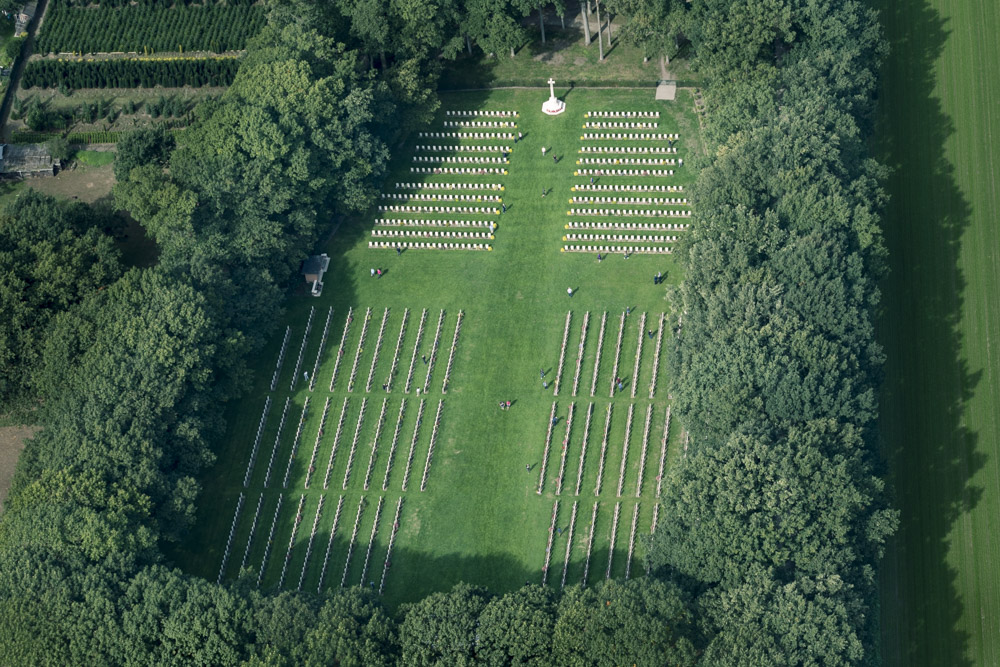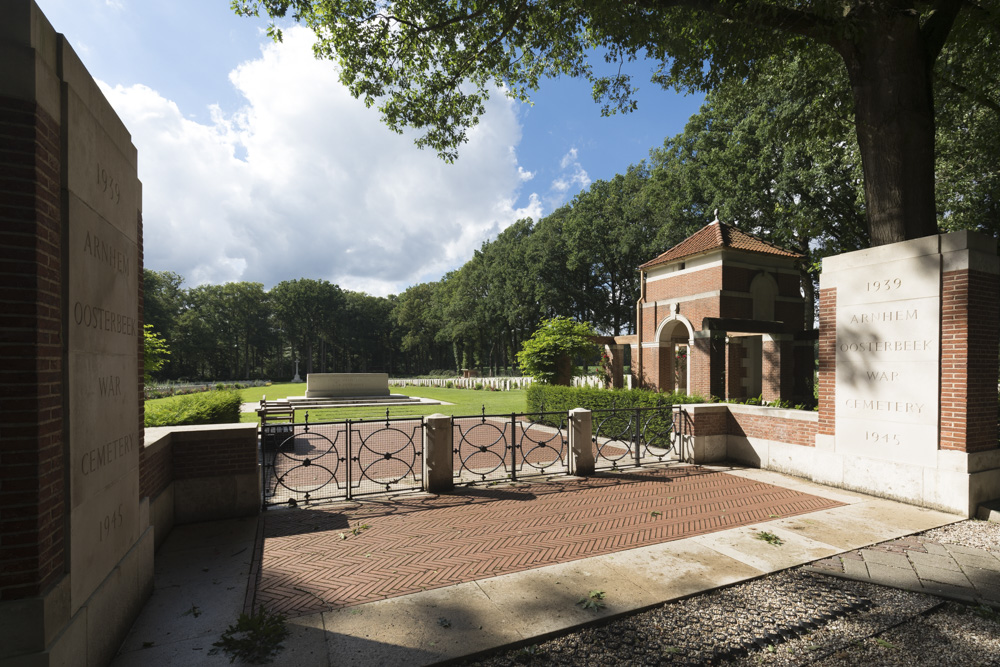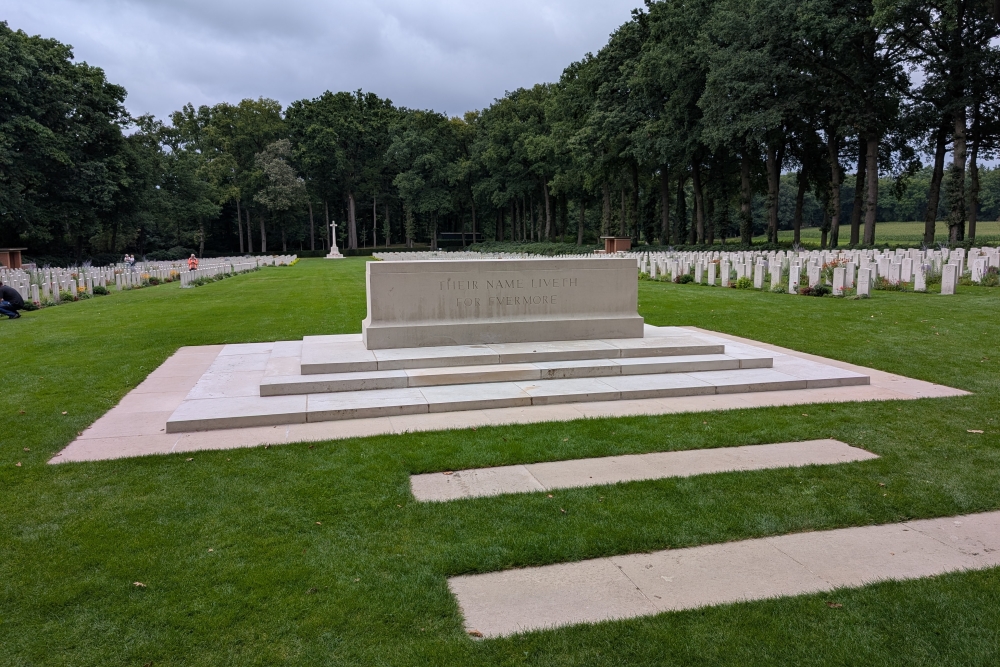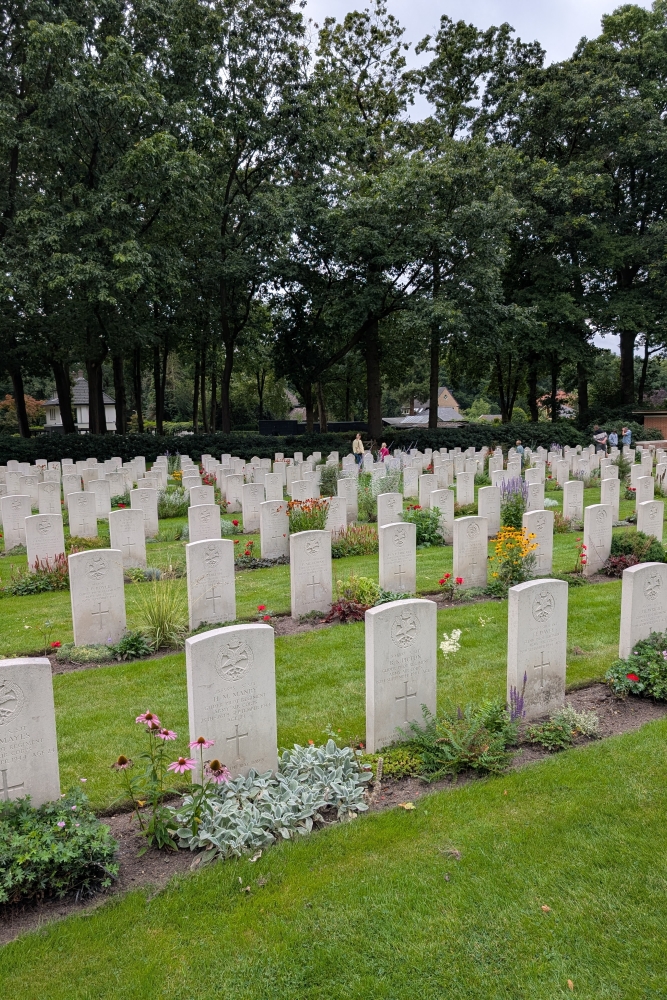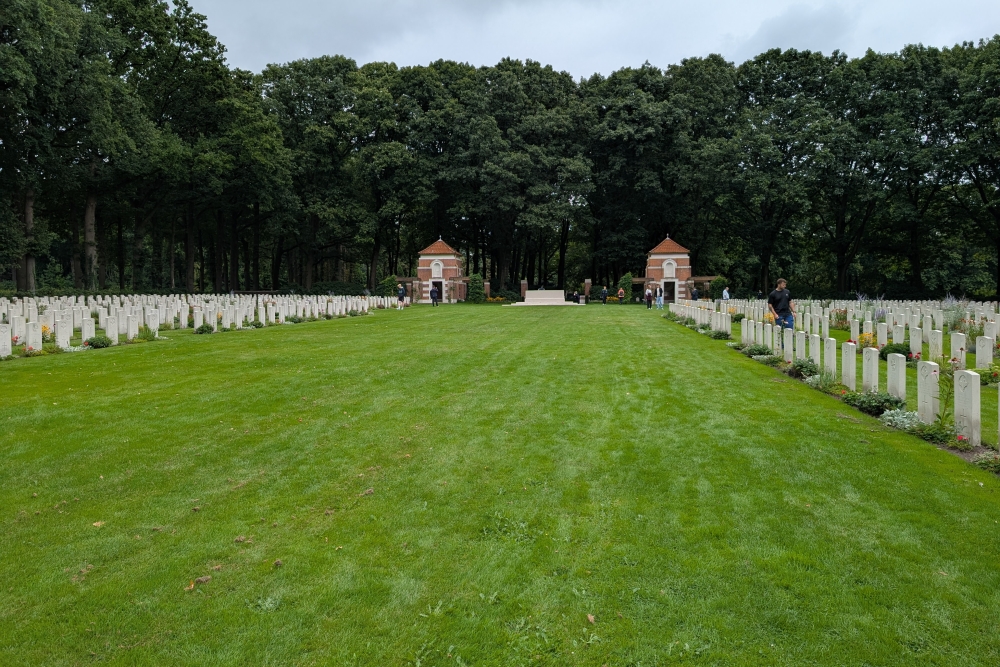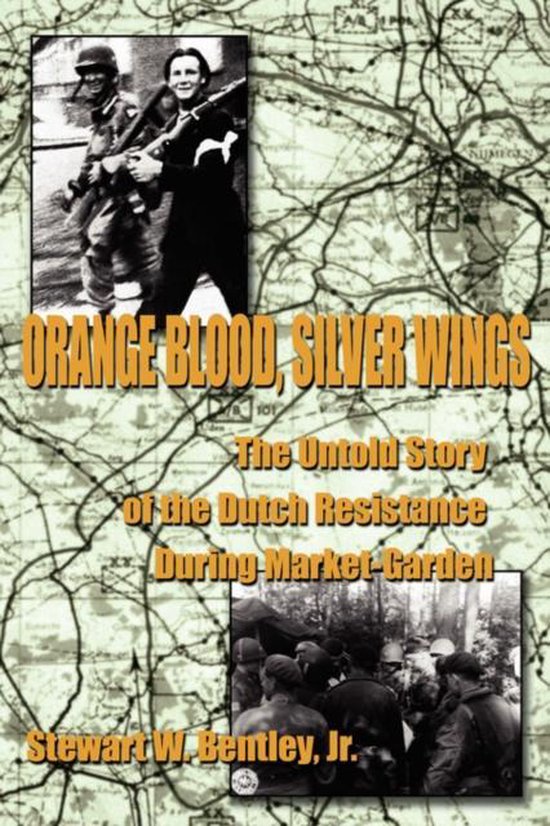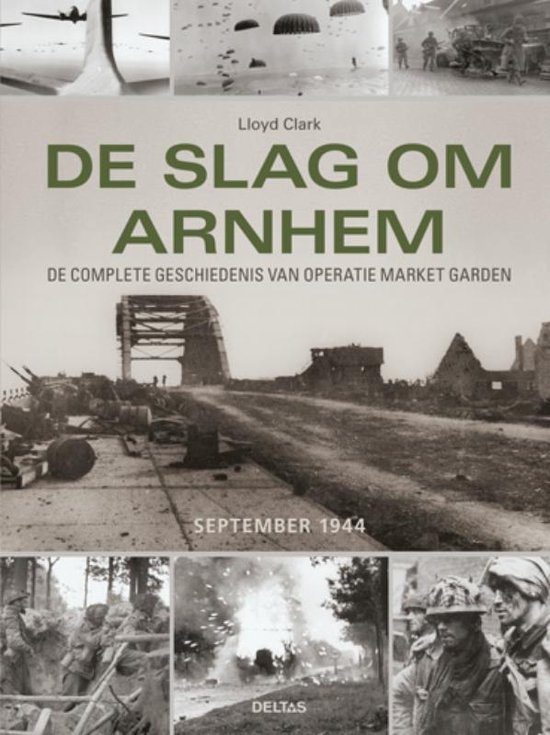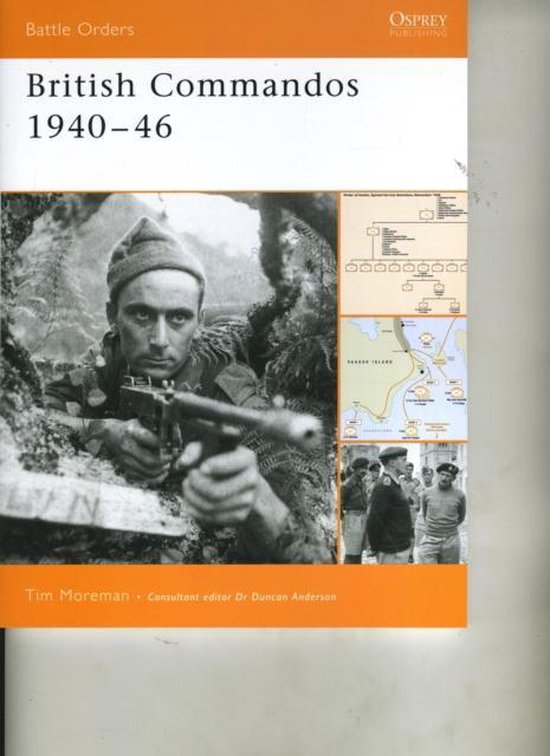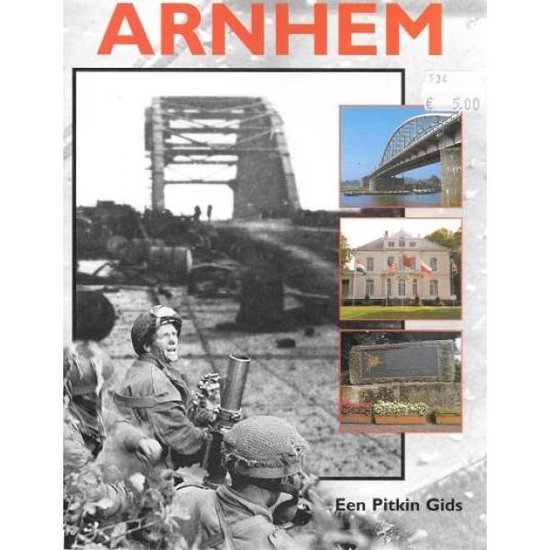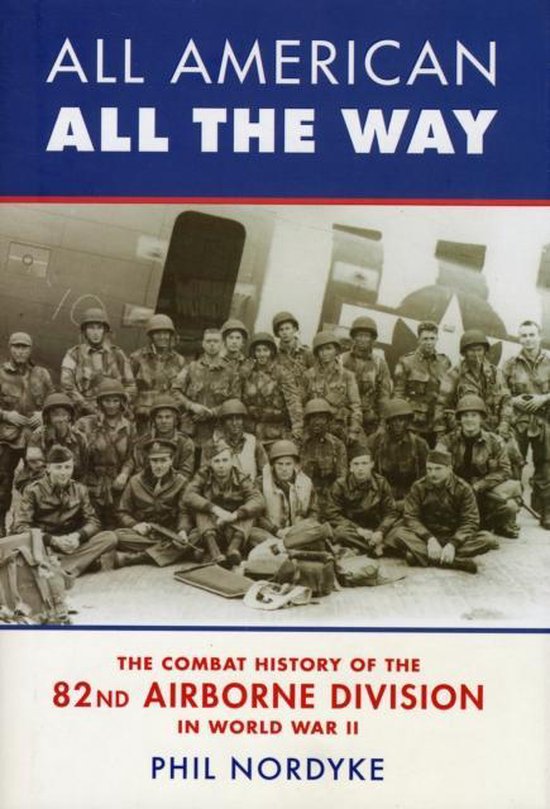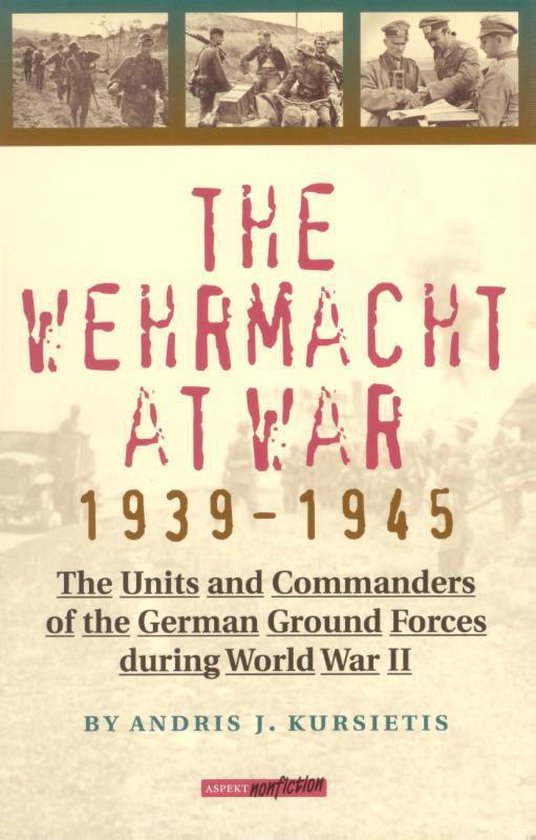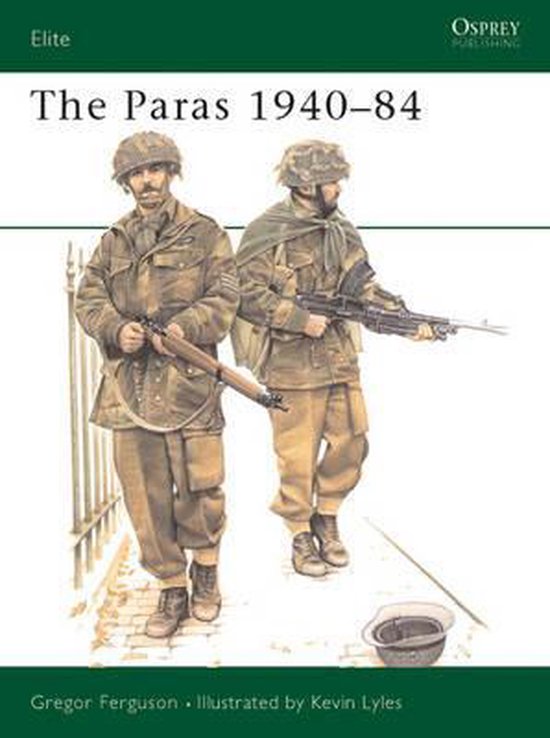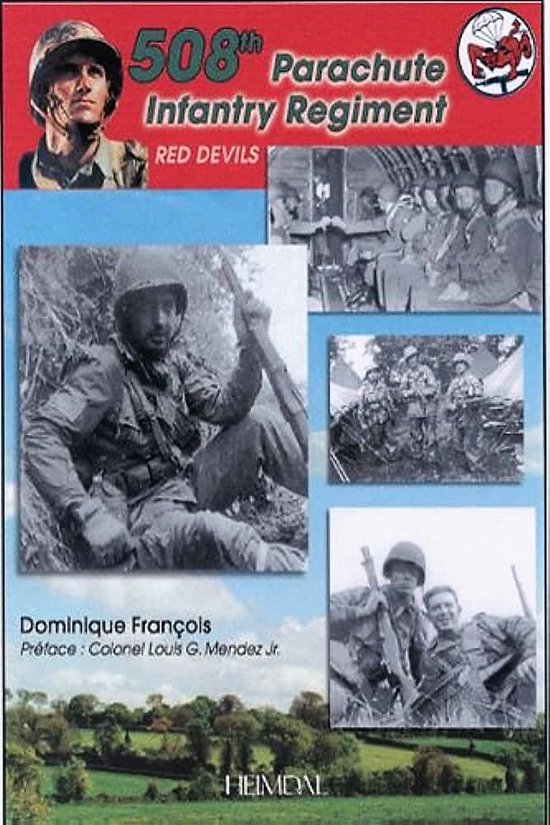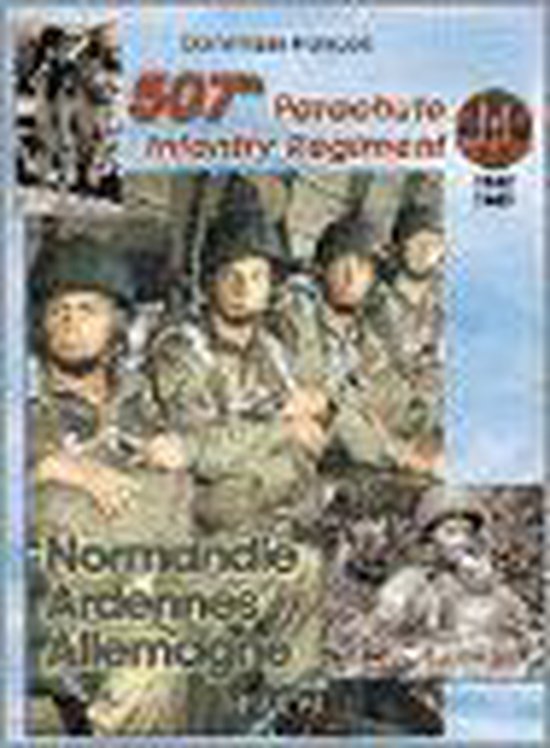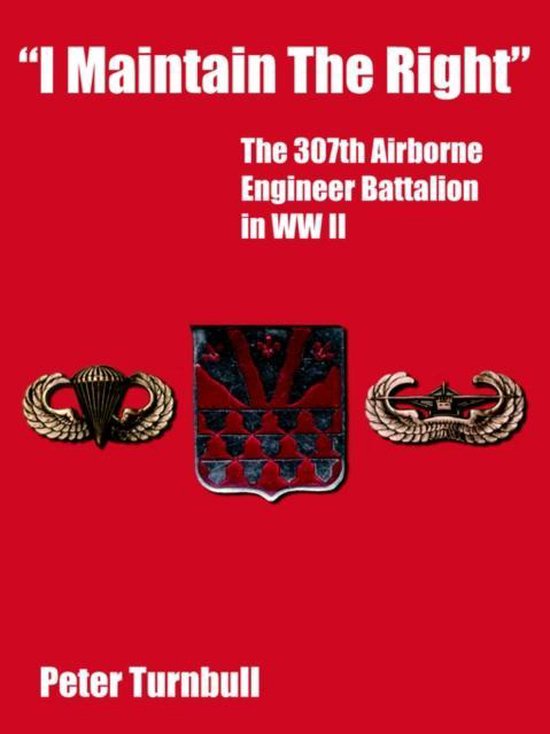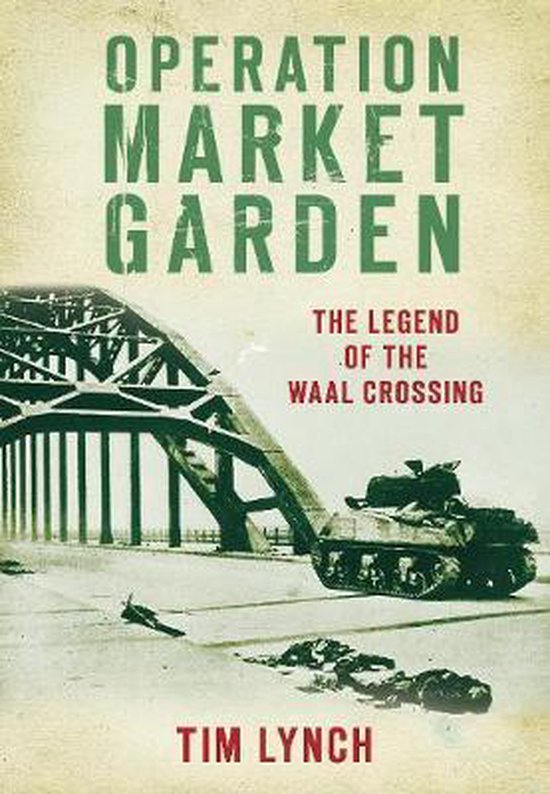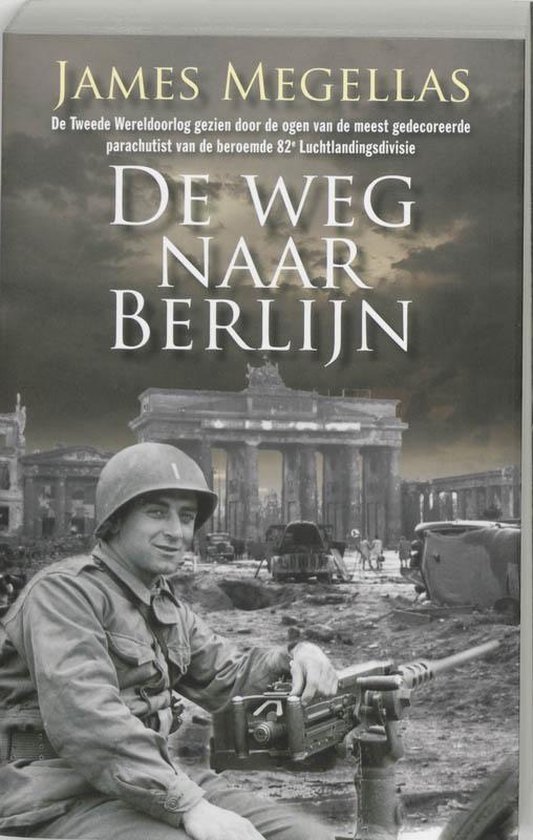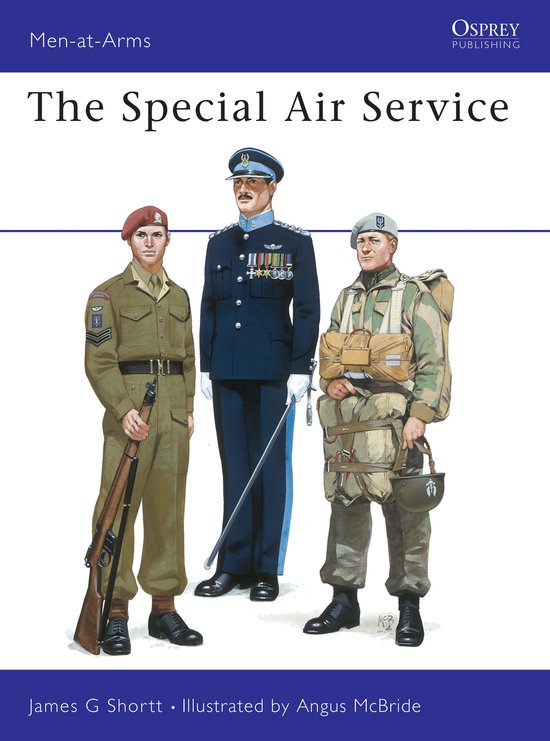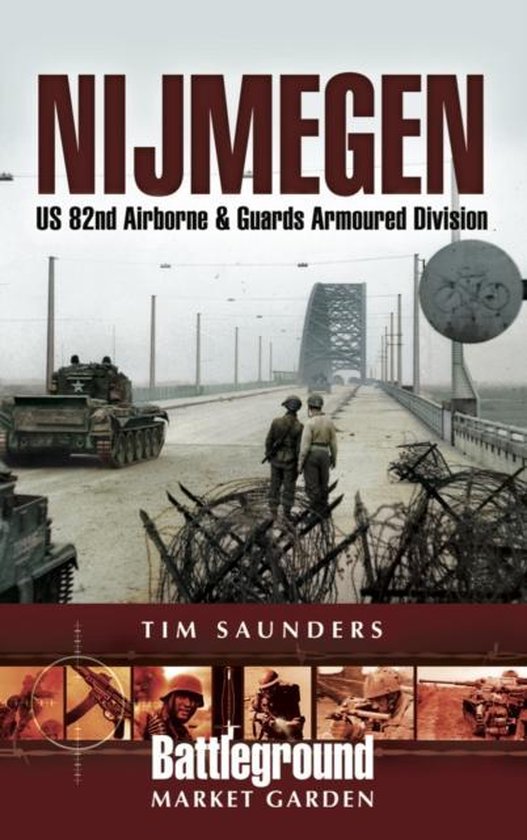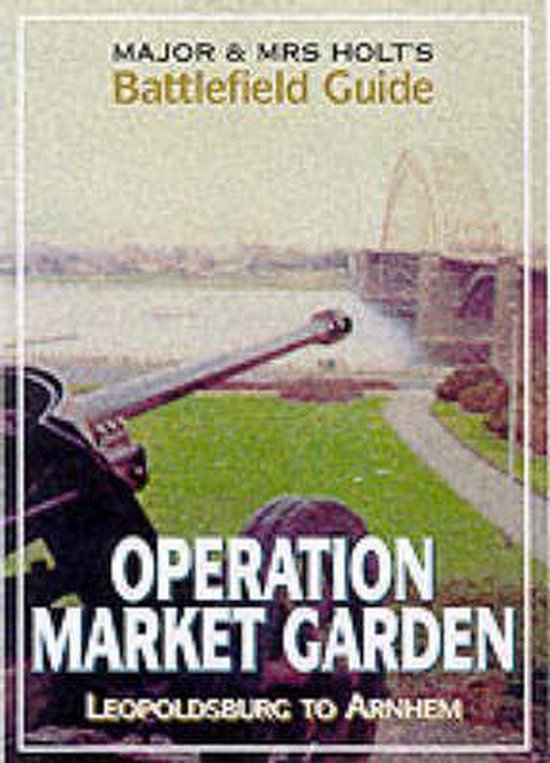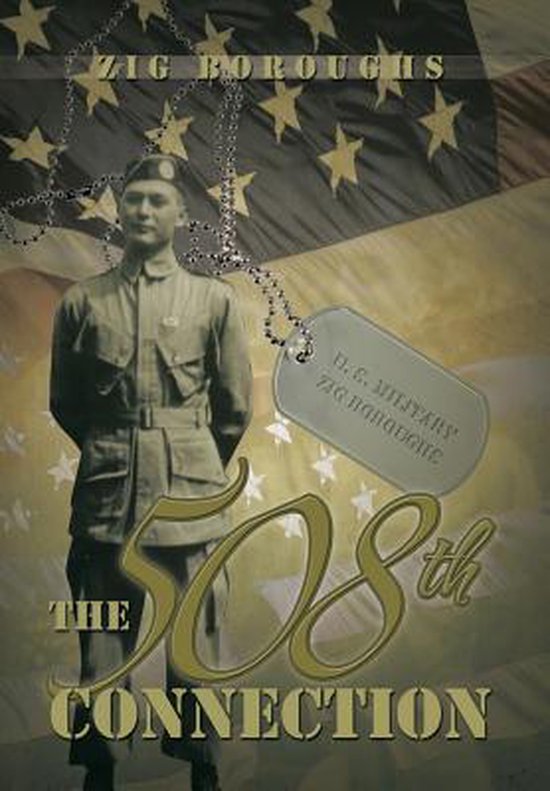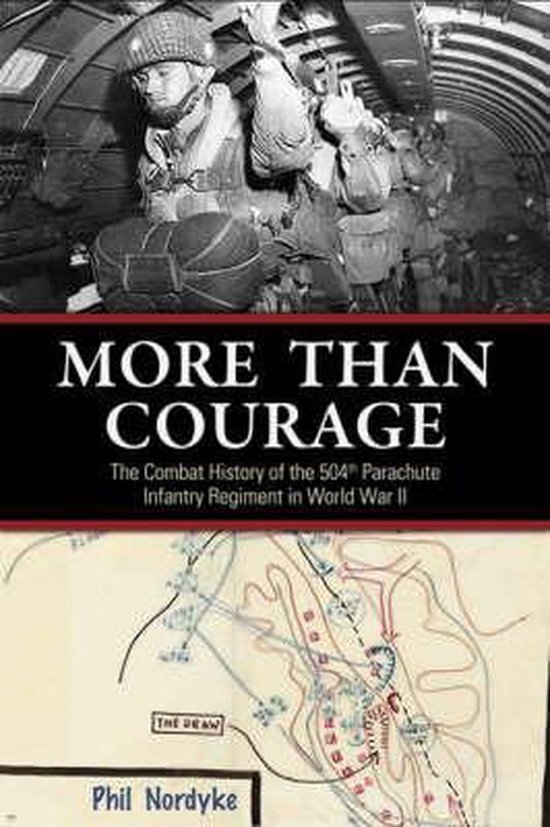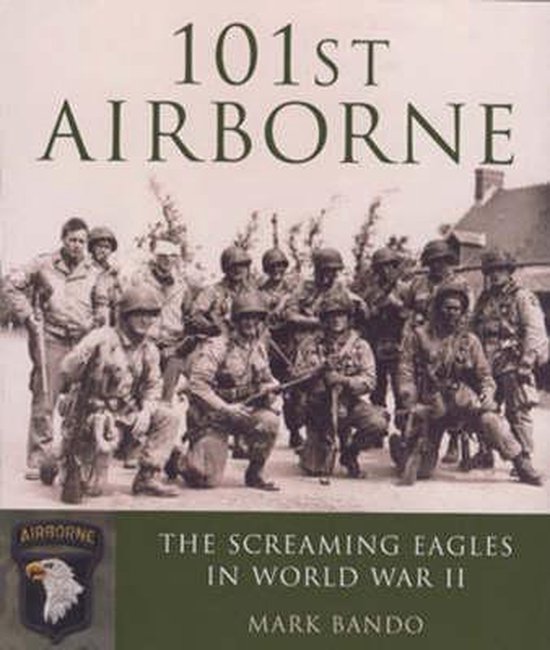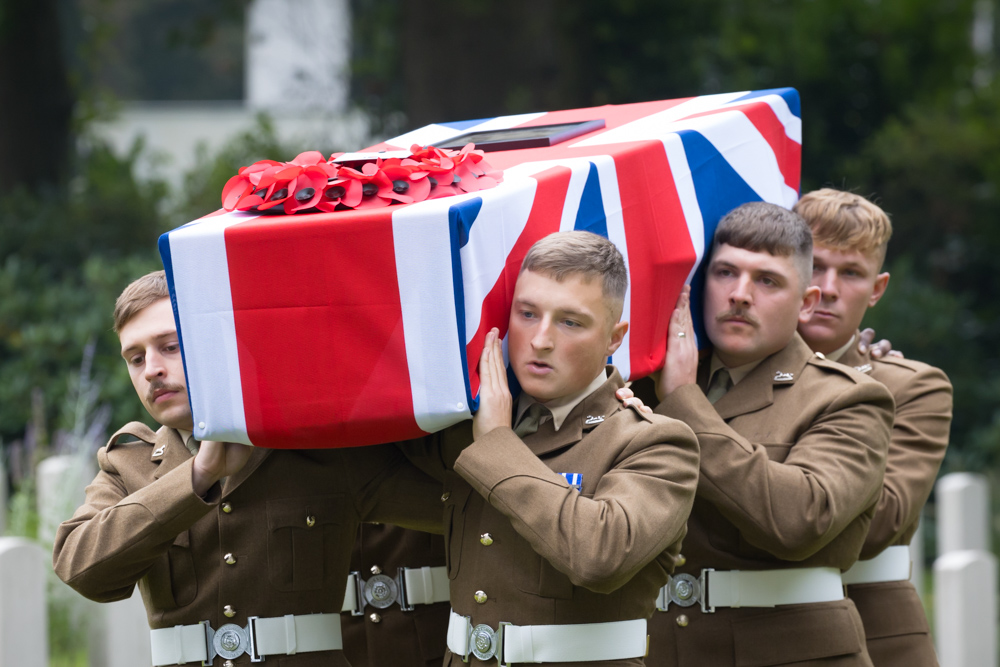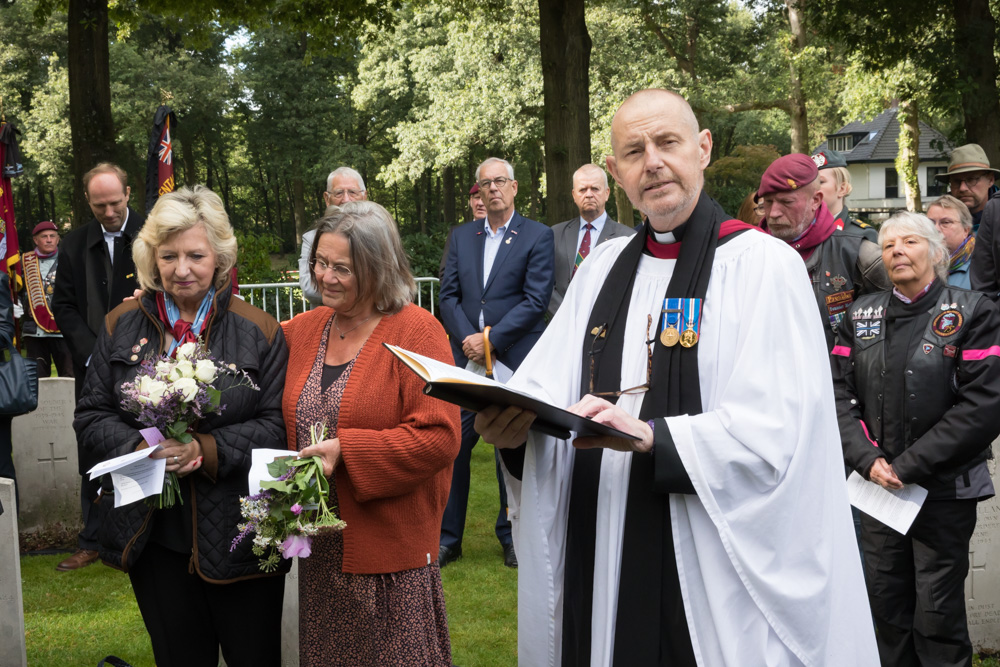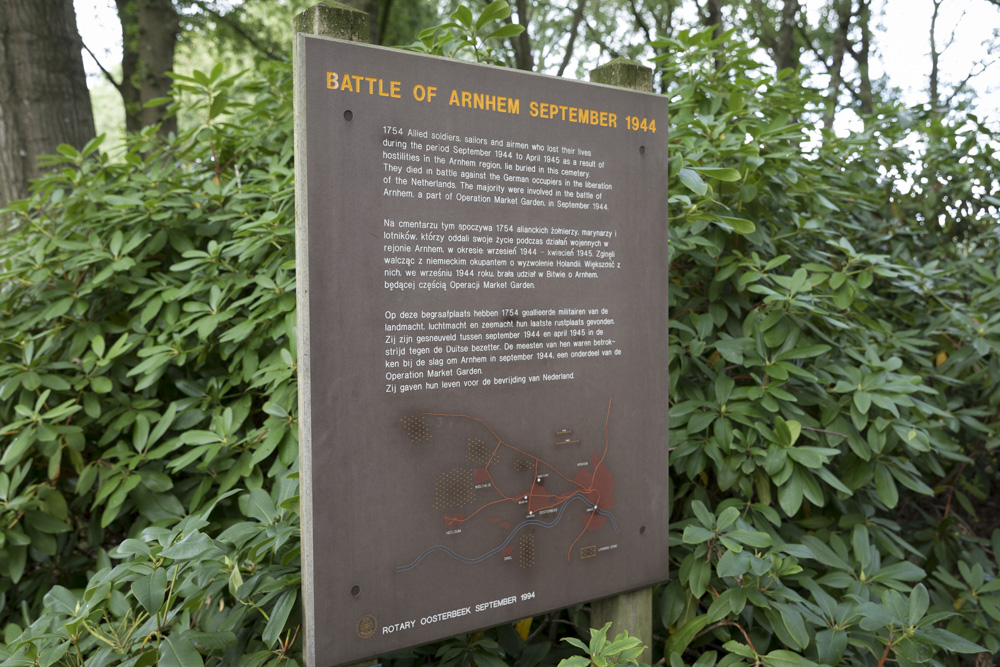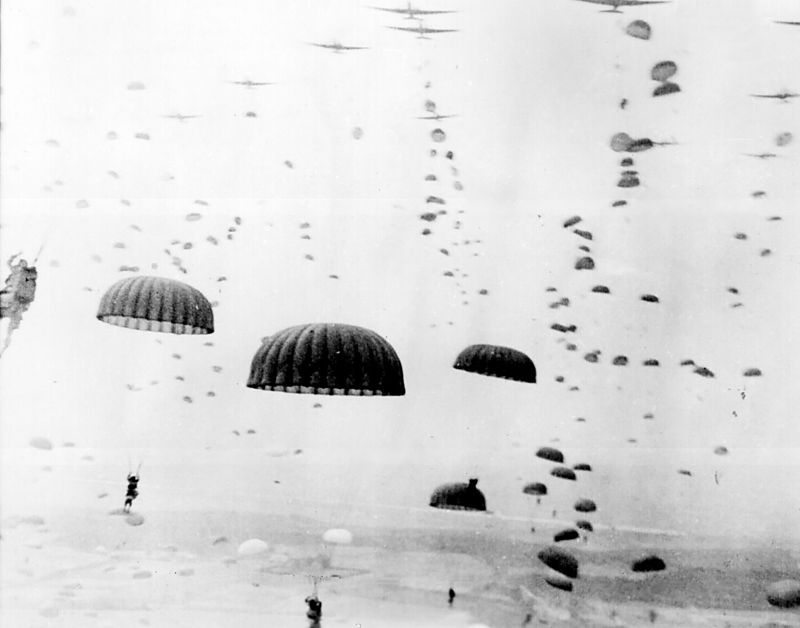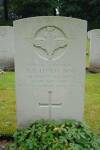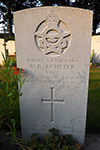Commonwealth War Cemetery Arnhem Oosterbeek
The Commonwealth War Cemetery Arnhem Oosterbeek, also known as the Airborne Cemetery, contains the graves of most of those killed during the September landings and many of those killed in later fighting in the area.
There are now 1,680 Commonwealth servicemen of the Second World War buried or commemorated in the cemetery. 245 of the burials are unidentified and two casualties are commemorated by special memorials. There are also 73 Polish, 3 Dutch and 3 non-war (former CWGC employees) graves in the cemetery.
POLISH GRAVES IN OOSTERBEEK
The book 'The Battle of Arnhem, 1944-1994: a bridge to the future' (1994) states: 'On 29 August 1946 the Polish graves were cleared in Driel and the human remains were transferred to the military cemetery in Oosterbeek. . These Polish fallen soldiers were reburied on either side of the entrance. It seems as if they have been laid out and are not part of it, but according to the Commonwealth War Graves Commission (CWGC) their current location is a consequence of the policy of giving each nationality as much space as possible. The men of the 1st Polish Independent Parachute Brigade who fell on the north side of the Rhine in Oosterbeek and surroundings are indeed in the middle of their British comrades. '
In 2007, the CWGC was asked why it was decided to move the Poles from Driel to Oosterbeek at the time. The answer was that it was apparently a result of a letter from Major General R.E. Urquhart from July 1945. In it, the former commander of the 1st British Airborne Division pleaded to bury all Allied soldiers who were directly involved in the combat actions of his division in the Oosterbeek plot.
This may seem like a plausible explanation, but in the first place it is strange that one waited over a year to transfer the remains. And that these are not buried with their allied comrades (including Polish), but in a separate place. If the policy really were to give each nationality as much as possible its own place, then it is remarkable that the New Zealanders, Australians, Canadians and Dutch people are not together in the cemetery.
Not only Poles from Driel were brought to the location at the main entrance of the cemetery. The remains also came from Gorinchem, Rhenen, Neerloon, Nijmegen, Eindhoven, St. Michielsgestel, Wijk bij Duurstede and Elst (Utrecht and Gelderland). On the other hand, a Pool is still buried in Breda. Also in Renkum and many other places in the Netherlands are graves of British 'Airborne' soldiers. The aforementioned letter from the general has thus in any case not led to the concentration of all Arnhem victims in Oosterbeek.
After the liberation in 1945, the British military grave service basically had the task of leaving graves on well-maintained citizen cemeteries alone and concentrating on so-called field graves. In that context it is remarkable that the Polish graves were cleared in the Drielse Kerkhof.
There does not seem to be a real policy here, and a good explanation for what has happened is not there.
The Oosterbeek War Cemetery contains the grave of Richard Tice; an American volunteer in the Polish Army.
Do you have more information about this location? Inform us!
Source
- Text: TracesofWar.com & G.H. Maassen, Gelders Archief Arnhem
- Photos: Arjan Vrieze (1), Arjan Vrieze (2, 3, 4, 5), Lennard Bolijn (6, 7, 8)
Related books
Photo Report Two funerals at the Airborne Cemetery in Oosterbeek
On Wednesday, September 18, 2024, two soldiers who fought during the Battle of Arnhem were buried at the Airborne cemetery in Oosterbeek: Private Moon and Lieutenant Anderson. Two British soldiers were buried with military honors in Oosterbeek 80 years after they went missing.
Photo report interment of ashes Arnhem veteran John Jeffries
On Friday, September 16, 2022, the ashes of Arnhem veteran John Jeffries, who died in 2020, were interred at the Airborne cemetery in Oosterbeek. During the Battle of Arnhem John was assigned to the 156th Parachute Battalion as a liaison. He was injured during his jump on the Ginkelse Heide on September 18, 1944.
Nearby
Museum
- Airborne Museum 'Hartenstein' - Oosterbeek
- Exhibition Glider Collection Wolfheze - Wolfheze
- Arnhem War Museum '40-'45 - Arnhem
Point of interest
- Information Sign "Operation Market Garden" Oosterbeek - Oosterbeek
- Perimeter Route Marker 3: Oosterbeek-Hoog station - Oosterbeek
- Perimeter Route Marker 4: Hotel Dreyeroord - Oosterbeek
Monument
- Memorials Oosterbeek War Cemetery - Oosterbeek
- Memorial Bench Tom Carpenter - Oosterbeek
- Air Despatch Memorial Oosterbeek - Oosterbeek
Cemetery
- Commonwealth War Graves Municipal Cemetery North and South Oosterbeek - Oosterbeek
- Dutch War Graves Municipal Cemetery North and South Oosterbeek - Oosterbeek
- Grave Lipmann Kessel Municipal Cemetery North and South Oosterbeek - Oosterbeek
Remembrance Stone
- Stumbling Stones Utrechtseweg 249 - Arnhem
- Stumbling Stones Josef Israëlslaan 88 - Arnhem
- Stumbling Stones Mesdaglaan 39 - Arnhem
Fortification
- Concrete Encased M4 Sherman Tank - Arnhem
- Concrete Encased M4 Sherman Tank - Arnhem
- Foxholes 4th Parachute Brigade Headquarters - Wolfheze
